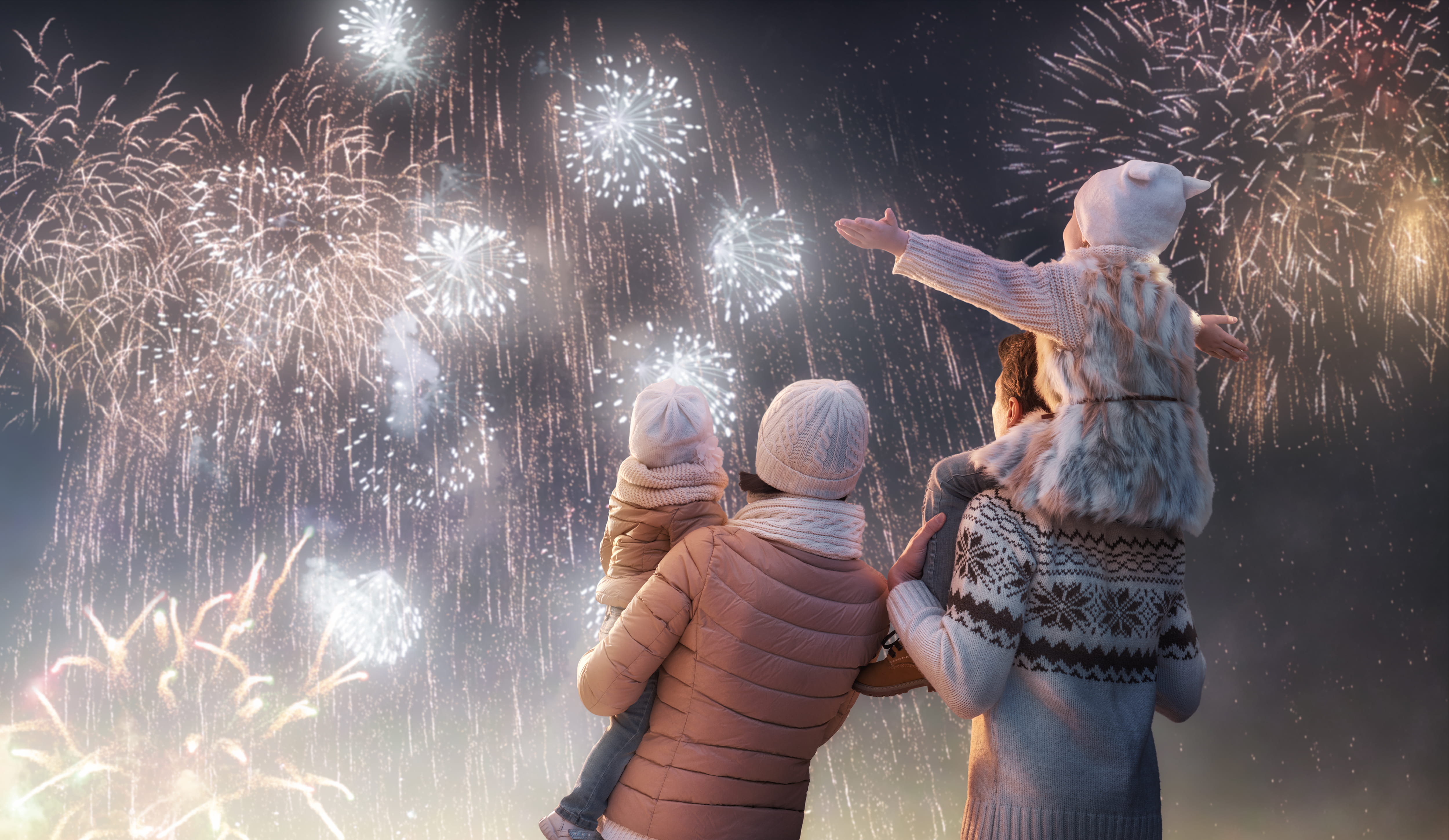New Year's Eve and Firework Safety

New Year's Eve and Firework Safety
Health and safety is very important if you’re planning to host your own fireworks event, especially if children will be present as extra attention must be paid to their safety needs.
Whether you plan to hold a small or large display, with proper planning and consideration you can ensure a fun, and above all, a safe event for everyone!
Planning – things to consider:
When planning your event, think about what actions you need to take before, during and after. Remember to consider and take into account the following:
- Estimate the number of anticipated spectators and attendees
- Check with your insurer if you are adequately insured to cover any firework-related injuries to those present at the display
- Inspect the chosen site during the day to assess its suitability and check for obstructions, such as trees, adjacent buildings and overhead power lines
- Make a list of who you may need to contact before the display and keep in touch with them as your plans develop. This should include the police and fire service as well as others relevant to you e.g. a local authority, cares homes etc.
- Make sure that you’ll have enough people available to assist on the night (including some cover for illness)
- Draw up a detailed checklist of tasks and indicate who is to be responsible for each one
- After the event, remember the clean-up and don’t forget to include extinguishing and disposal of bonfires and safe disposal of spent fire works
- Above all risk assess, risk assess, risk assess! This will ensure that there are adequate procedures in place regarding health and safety, first aid and fire safety to deal with an emergency
Bonfires:
- Choose a site away from buildings, wooden fences, sheds, where children may be playing or other activities
- Build it only on the day of event and ensure the maximum height of structure doesn't exceed 5 metres
- One person should be responsible for the bonfire
- Ensure that the bonfire is sighted well way from fireworks and the fireworks staging area
- Never use an accelerant, e.g. petrol or paraffin, to assist in lighting fire - it’s safer to use fire lighters to prevent flare-ups
- Children should be supervised at all times
- Keep a bucket of water and sand handy in case of an accident
- After the event, douse the fire thoroughly with water rather than leaving it to burn out
Firework Code:
Make absolutely sure that you follow the Fireworks Code. Only adults should deal with setting up fireworks displays, lighting fireworks and safely disposing of fireworks once used. Above all, ensure that children and young people are well supervised and spectators watch and enjoy fireworks at a safe distance.
- When buying fireworks, make sure they comply with BS 7114 and follow the specific instructions on each firework
- Plan your firework display to make it safe and enjoyable, and check the time you can legally set off fireworks
- In England, Scotland and Wales only buy fireworks which carry the UKCA marks. In the case of Northern Ireland look for the UKNI symbol. You may also see the UKNI mark along with the UKCA symbol. Keep your fireworks in a closed box, and use them one at a time
- Read and follow the instructions on each firework using a torch if necessary
- Light the firework at arm's length with a taper and stand well back
- Keep naked flames, including cigarettes, away from fireworks
- Never return to a firework once it has been lit
- Don't put fireworks in pockets and never throw them
- Direct any rocket fireworks well away from spectators
- Never use paraffin or petrol on a bonfire
- Make sure that the fire is out and surroundings are made safe before leaving
Sparklers:
Sparklers can be lots of fun and are often viewed as being harmless but they burn at fierce temperatures (as hot as 1000°C to 1600°C, or 1800°F to 3000°F), the equivalent to a welding torch. Follow these top tips for sparkler safety:
- Children under 5 years old should not be allowed to use sparklers and children older than this should be supervised at all times
- Make sure everyone holding sparklers wears gloves
- Only light one sparkler at a time, hold at arm’s length and don’t wave about close to other people
- Never hold a baby in your arms while you are holding a sparkler
- When the sparkler has finished put the hot end down into a bucket of sand or cold water
So plan well and be prepared. But most of all enjoy the celebrations, safely!
Further information can be found using the links below: